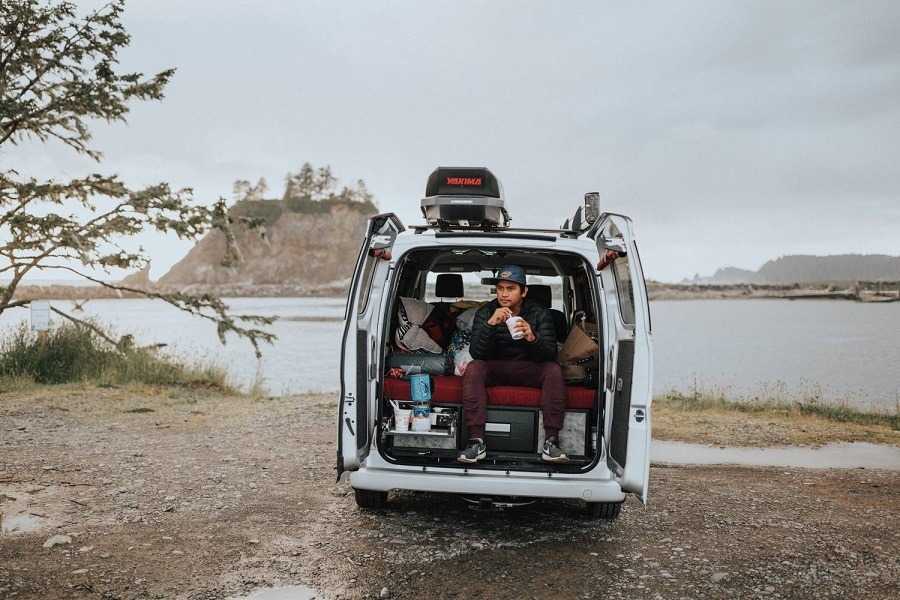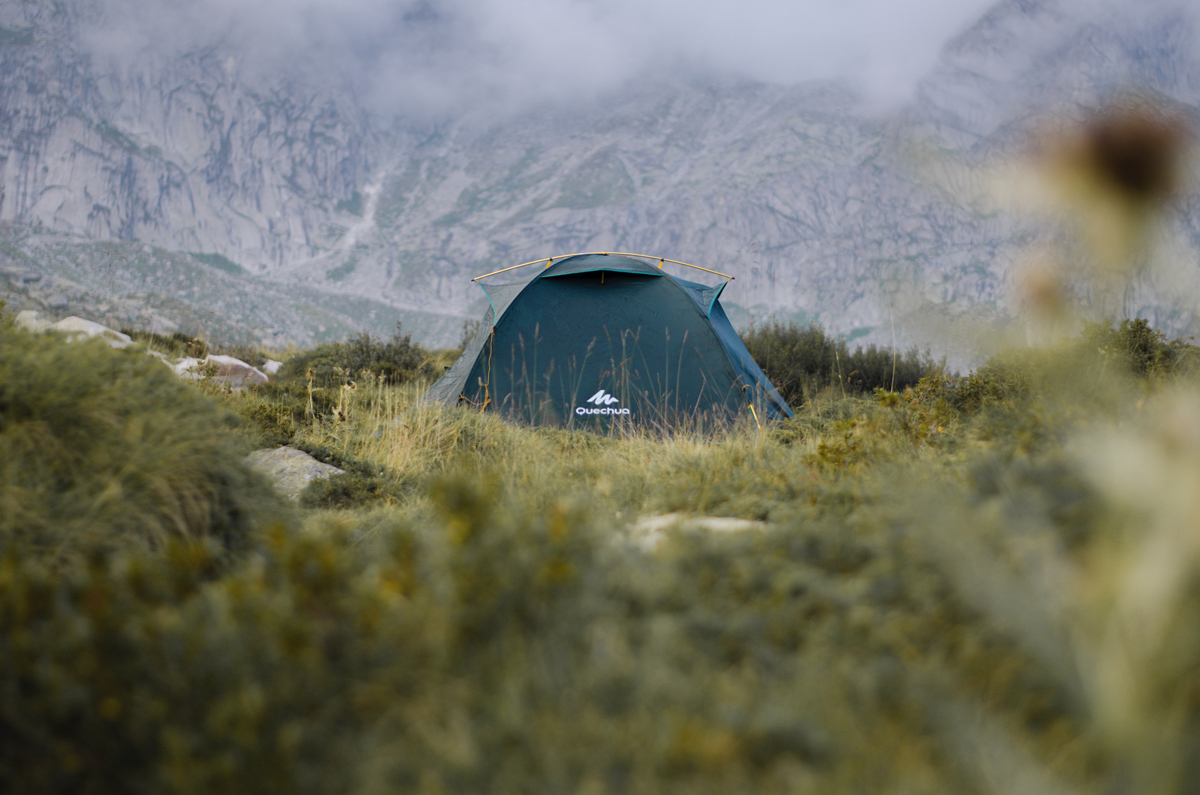Phone
+1-650-666-095
Contact E-mail
[email protected]
Address
16192 Coastal Hwy, Lewes, DE 19958-3608
Tips For Natural Navigation
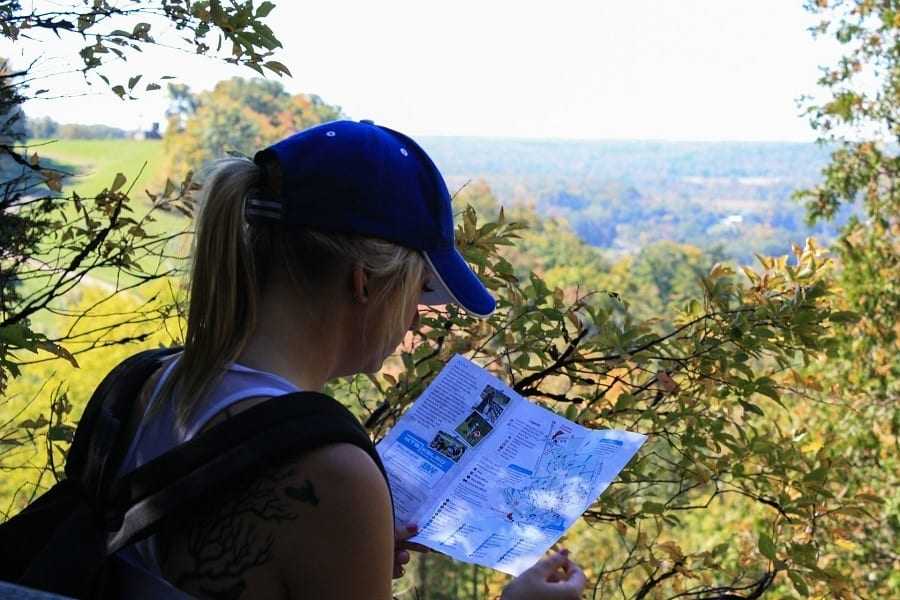

Navigation was done differently before iPhones, Google Maps, or even compasses. Our ancestors depended on natural navigation because Mother Nature has always given us everything we need to find our direction through the wilderness. We just have to know where to look.
What is Natural Navigation?
Natural navigation is being aware of the natural environment and using nature as a guide to find one’s way to an area without relying on modern tools such as maps and technology.
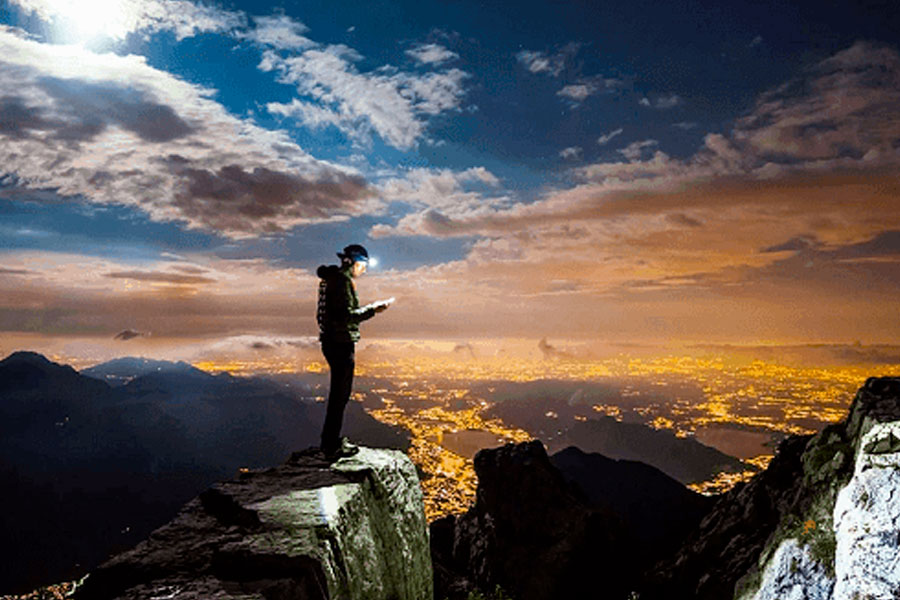

Navigation in nature is something that many wilderness lovers pride themselves on being able to do, but it’s a skill that requires patience and time to get right. However, once you know how to navigate the natural world like the moss on trees or the direction of the moon, you can pretty much guarantee you’ll always find your way home.
We’re here to show you how if you’ve ever wanted to ditch your GPS system and let the wild signs guide you. We’ve found all of the ways to navigate with nature and some handy tips you can use to ensure that you never get lost when you’re on a camping trip.
The Different Ways Of Natural Navigation
A compass or GPS system are essential camping supplies, just like a sleeping bag or tent. Although it wouldn’t be wise to ditch them altogether, you can learn how to navigate using nature. Once you master reading nature, if ever the need arises, you’ll be able to find your way home. Here are some natural navigation techniques to get where you need to go.
1. Sun Navigation
Most people think they can navigate easily using the sun simply by claiming that it rises in the east. This answer is wrong and right, as the sun doesn’t always rise in the same place, depending on the Equinox. Therefore, you need to think about the current season and then use these guides to show you the way depending on the sunrise:
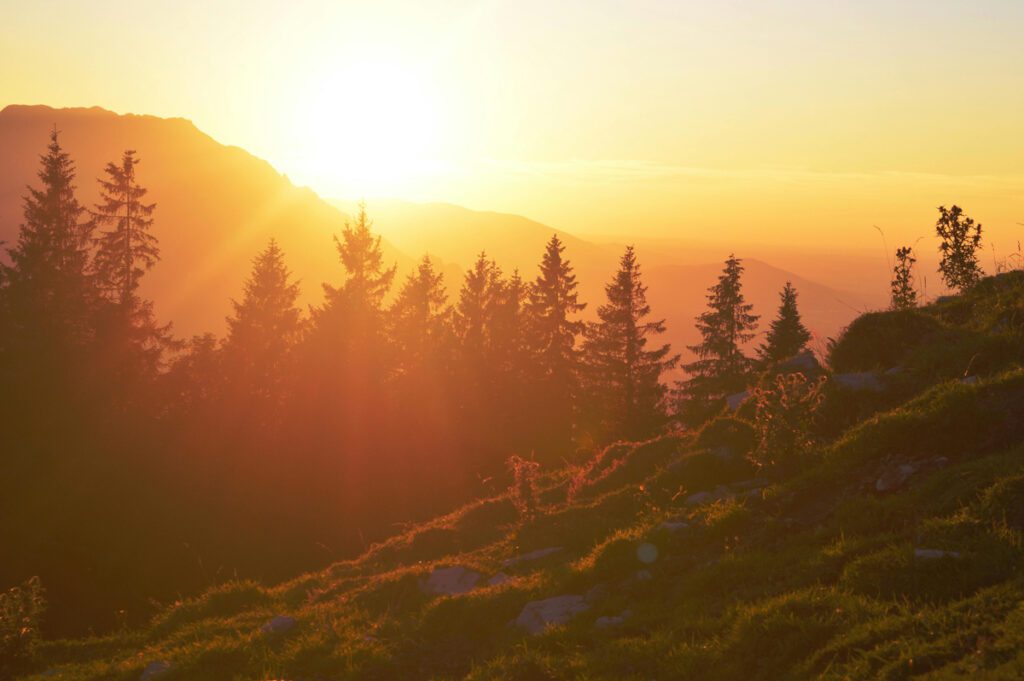

- Northeast: Summer Solstice, which takes place in June
- East: During March and September for the Equinoxes
- Southeast: During December or the Winter Solstice
There are methods for tracing the sun’s shadow using a stick, but it depends on many things, like climate and where in the world you are. As this can change quite dramatically, learning can take some time.
2. Moon Navigation
There are a few methods for navigating nature using the moon. Although not entirely accurate like some others, this is still easy enough to test out and is called the crescent method.
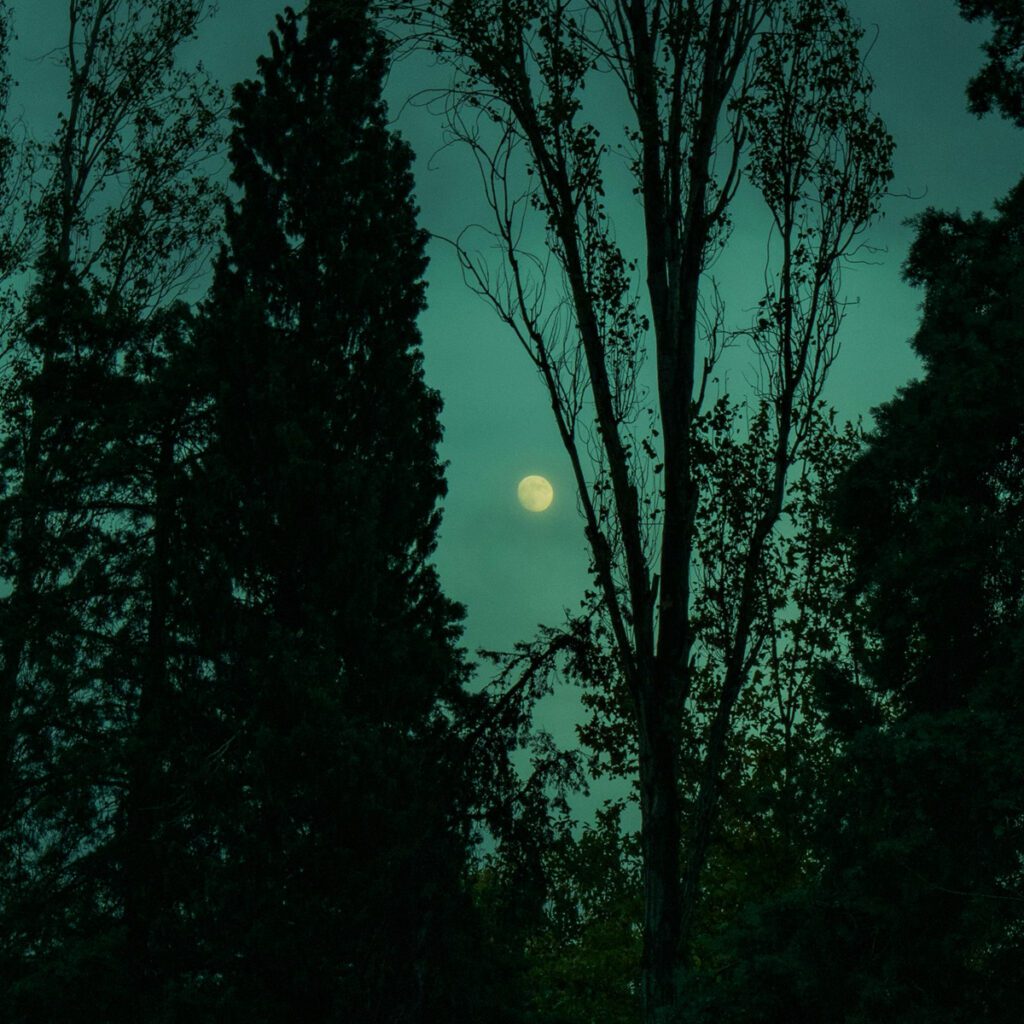

Using your mind, draw a mental line that connects to two tips of a crescent moon and then move it down to the horizon. Be sure the moon is quite high and not too close to the horizon already. In places of northern latitude, you’ll get an idea of where the South is by looking at this point.
3. Stars Navigation
Star navigating is a very popular type of celestial navigation, but one that can seem complicated. If you were to find a star exactly above where you need to go, you could follow it until you reach your mark. However, as stars move often, this can be hard, but this isn’t the case with the North Star.


Find the Northern Star in the sky and always point to the true North. However, it will take some research to identify this star amongst the constellations, but it’s well worth knowing. The North Star always sits directly above the North Pole and will point you to a very accurate true North.
4. Sea Navigation
Sea navigation is extremely complex, but it’s a method that sailors and voyagers used for centuries. People usually assume that nautical navigation has more to do with star navigation, but it’s more about the water.
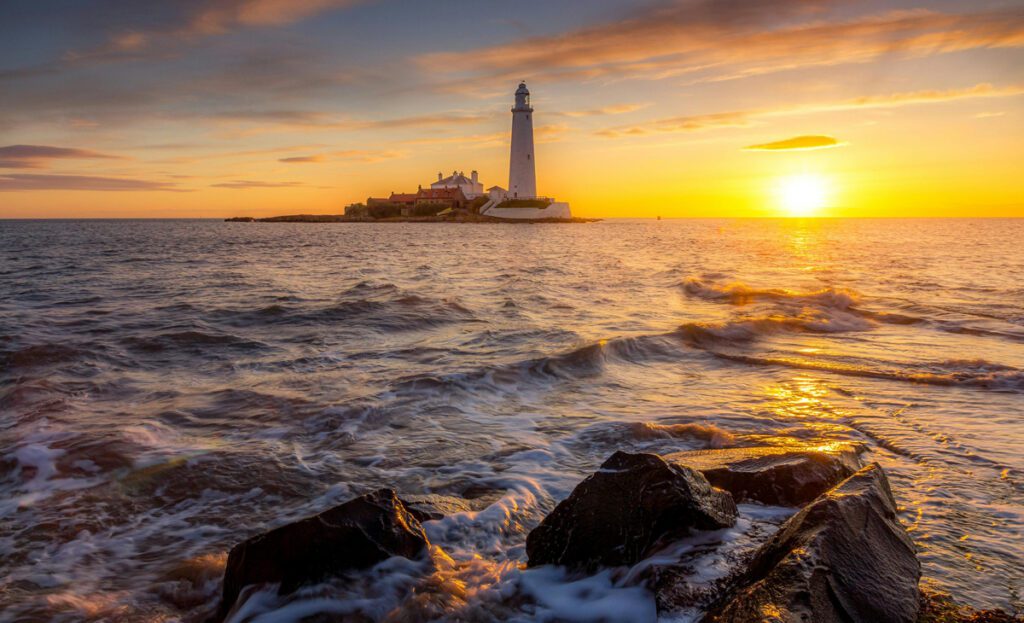

Sea navigation is done by reading things like waves, swells, and ripples. Experts in this method can read water signs almost like a map and know the directions. However, it is quite complex compared to the other methods and requires years of practice.
5. Animal Navigation
The next time you’re lost in the wilderness, you might be able to look to your animal friends for help or directions. People don’t realize just how beneficial animals can be and how instinctive they are regarding their actions and knowing the weather patterns and other conditions.
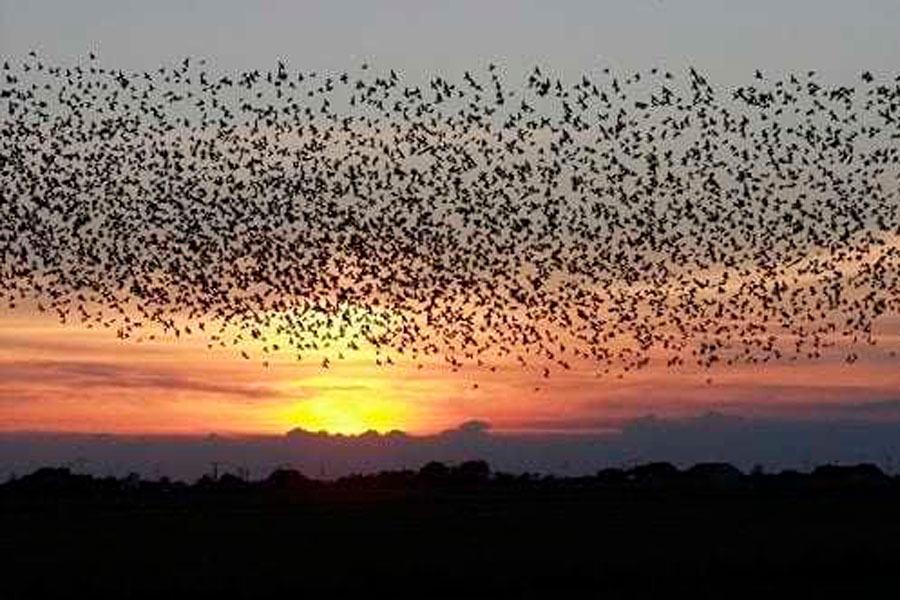

One example is to look for a spider’s web in a tree. These webs are built always sheltered from the wind, which blows usually from the southwest. If you’re somewhere around a sheep, you can look at bushes and trees to see if one side is less healthy than the others. These clues indicate they have been feeding on that side and seeking shelter from the wind.
6. Weather Navigation
People have a common misconception that they can simply lick their finger, hold it in the air, and the wind will show them which way to go. However, wind direction differs in each location, so it’s not precise. To test with the wind, you’ll need to know about the trends in that area to better assess them. You should also monitor the clouds to see their patterns, which will help with navigation.
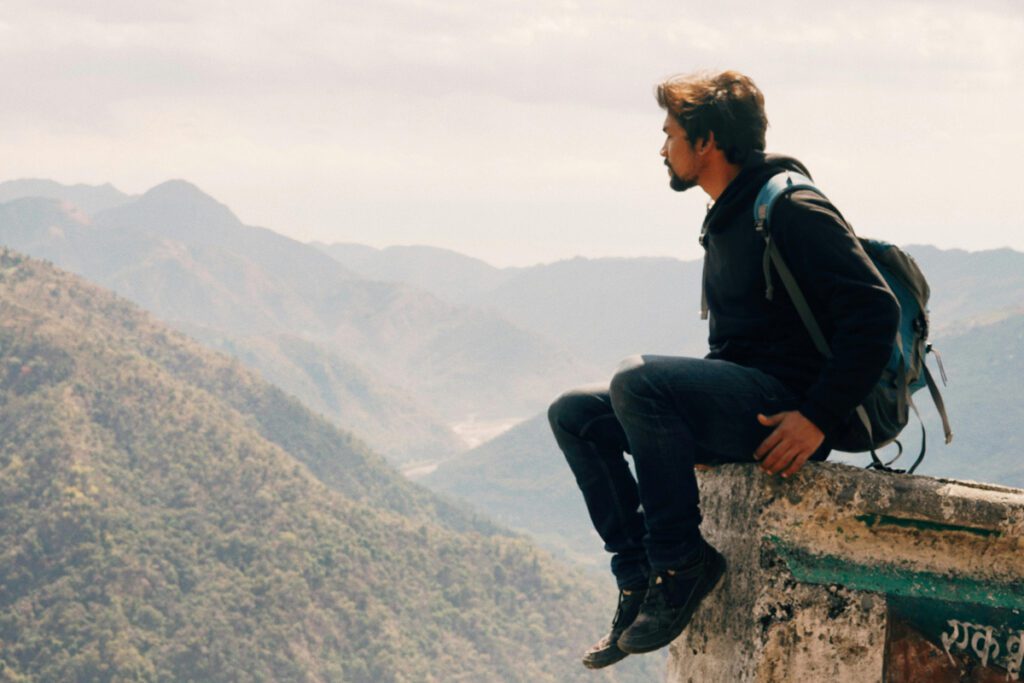

7. Plants Navigation
Paying close attention to the plants in an area can indicate some things about direction. By looking at them and assessing their branches and leaves, you can tell which direction the wind came from or shone on them during the day. This can help you to find your way due to common occurrences like wind coming from the southwest.
Another way to tell is by looking at larger trees that aren’t sheltered. They may slant more toward one direction than another, indicating that the wind has combed them from southwest to northeast.
Easy Tips For Natural Navigation
Navigation is a skill that must be learned over years of practice, and all campers should have a basic knowledge of it to keep them safe. Here are some easy tips that will make navigating easier and reduce your chances of getting lost in the great outdoors.
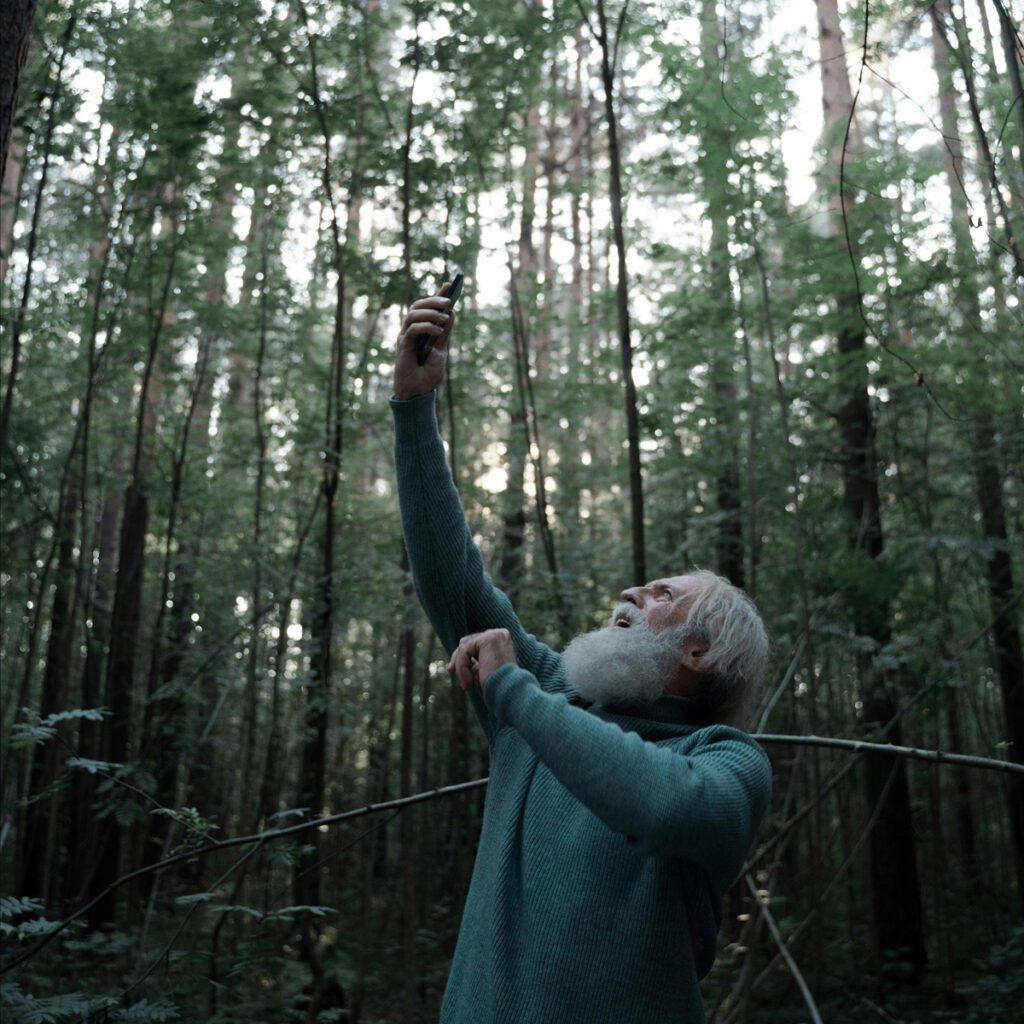

Pay Attention
Always remember the direction you’re going, not just when you’re lost. We often walk along without paying attention to what we’re doing, but it’s important to use outdoor clues to navigate your way back.
Keep A Navigation Tool Close By
It’s always best to have your compass or GPS at the top of your bag or your hand. That way, you can make quick checks and rely less on guessing.


Be Patient
Finding your way in the great outdoors takes time. Those who rush the process are more likely to become lost. Walk slowly and carefully, and don’t rush anything.
Know Your Pace
Pay attention to the pace you’re walking or, if in a group, the speed you are all traveling. Knowing this one piece of information can be enough to save you, and it’s often overlooked in navigation.
Landmarks And Checks
Make a point of noting at what time you passed significant landmarks. If you become lost, you’ll have a better idea so you can find your way back.
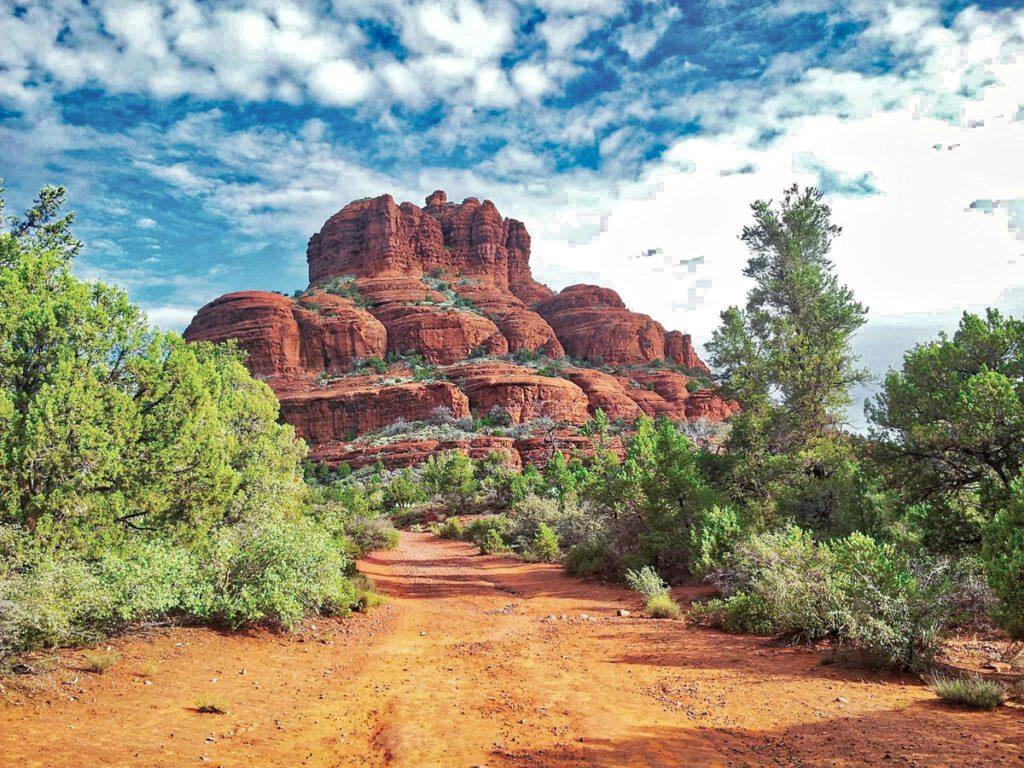

Understand Magnetic Variation
This refers to magnetic declination, the difference between what appears on your compass and the north shown on your map.
Think Objectively
If you get lost, try not to think of the scenario negatively. Instead, think of it objectively or positively. We might feel that we are losing our way, but we are too proud to not admit it, and this is never the right approach.
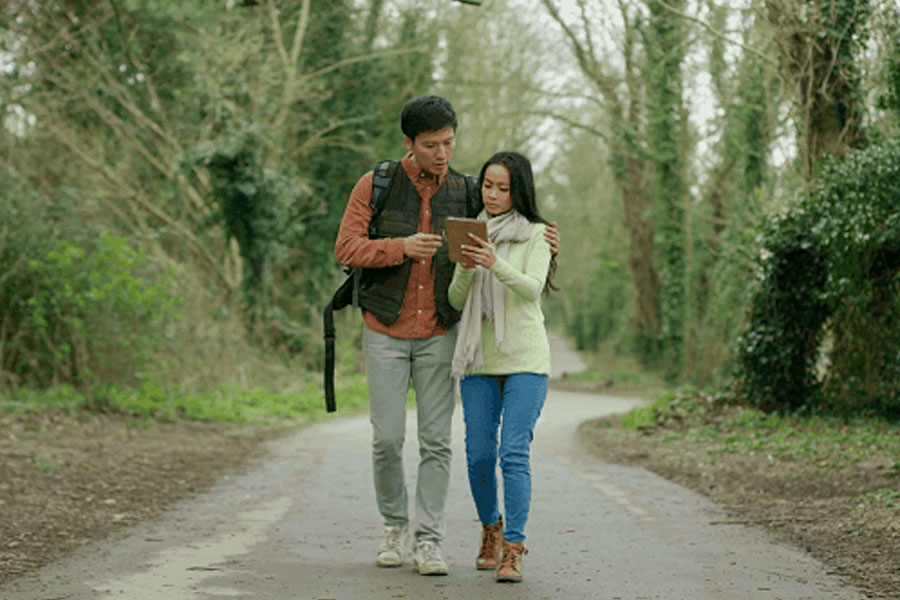

Stay Calm
No matter what happens, remaining calm will be the best tip you’ll ever get. Doing things in a panic will not be helpful and could alter your usually good judgment.
Using Nature To Find Your Way
Bringing along a proper navigation tool like a compass or GPS device is always recommended. The natural world also provides plenty of options. Learning to use these natural resources to your benefit can be a great navigation skill that may be useful during your camping trips.
One of our most important skills is navigating, especially in the wilderness, without signposts to show us the way. Take some time to learn more about these outdoor clues and show your friends and family what you’ve learned in natural navigation to enable more people to find their way if they’re ever in danger.
Resources:


